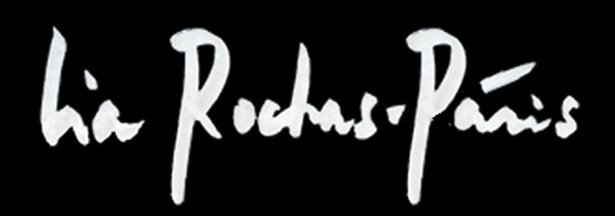Cut-Up Haïku
Inspirée par Tristan Tzara et par William S. Burroughs, la démarche déconstructiviste du cut-up part de l’idée de composer une nouvelle narration à travers des fragments éparses. Depuis le confinement de 2020, Lia Rochas-Pàris jongle avec les mots piochés ça et là afin de retranscrire la capacité à renouveler - ou devrait-on dire - réécrire des messages à partir d’un amalgame de mots distincts et sans connivence. La mutation des choses réside dans notre capacité à les bousculer. On pourrait qualifier ce procédé comme une poésie du détournement. Les Cut-up Haïku ne sont soumis à aucune règle rythmique, métrique ou stylistique. Elles ne sont que le résultat d’assemblages automatiques à un instant T.
À la manière de collages, une succession de mots qui se lient les uns aux autres pour délivrer un message.
Cut-Up Haïku
Strongly inspired by Tristan Tzara and William S. Burroughs, the deconstructivist approach of the cut-up starts from the idea of composing a new narrative through scattered fragments. Since the lockdown of 2020, Lia Rochas-Pàris juggles with words picked up here and there in order to retranscribe the capacity to renew - or should we say - rewrite messages from an amalgam of distinct and unconnected words. The mutation of things lies in our ability to shake things up. This process could be described as a poetry of detour. The Cut-up Haïku are not subject to any rhythmic, metric or stylistic rules. They are only the result of an automatic assembly at a given moment T.
Like collage, a succession of words that end up linking each other.
















